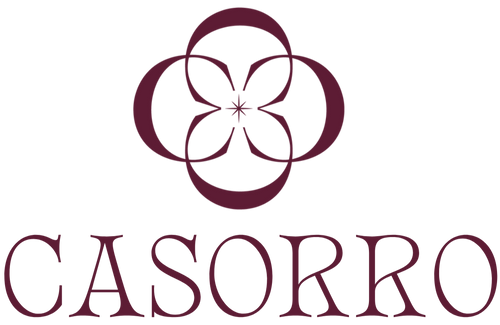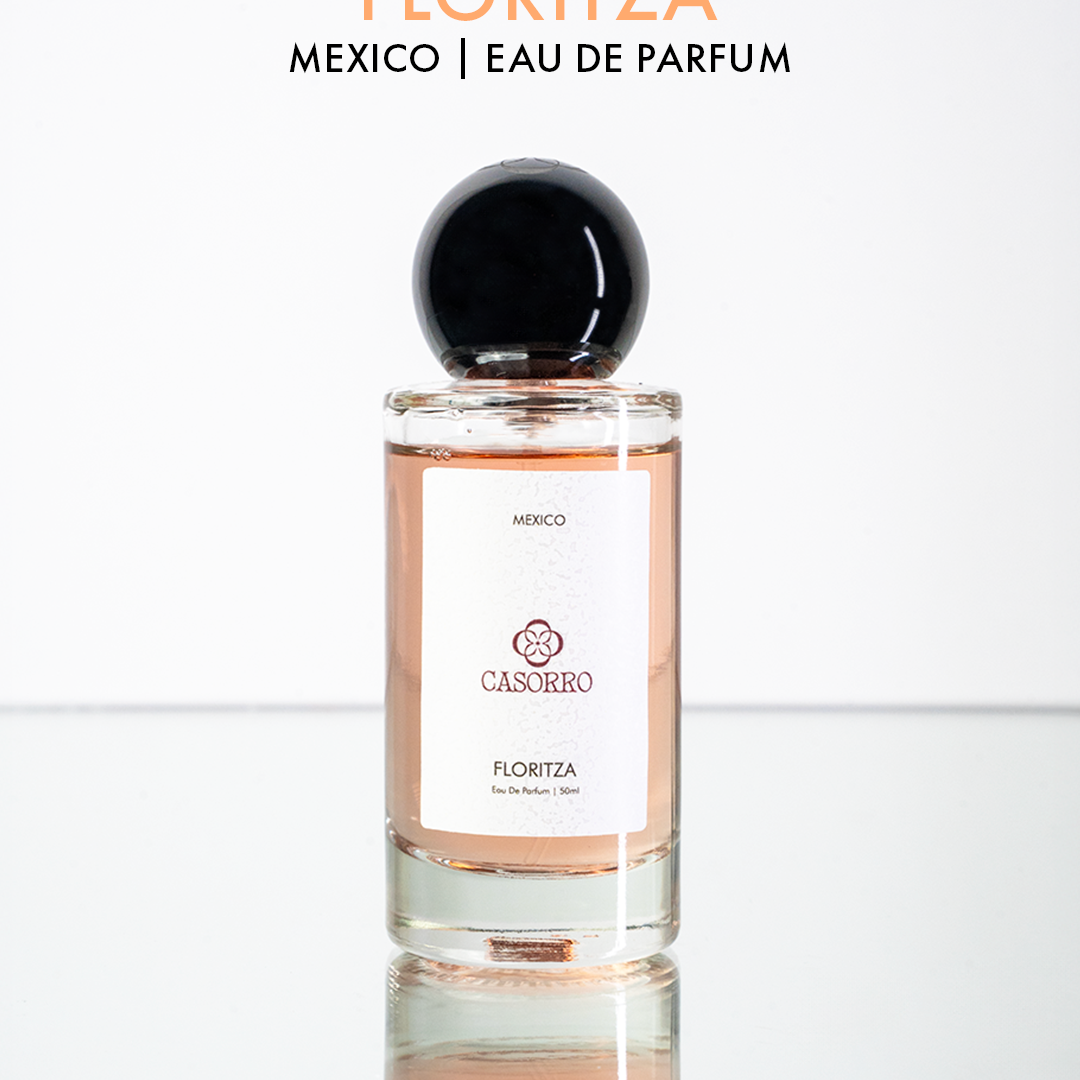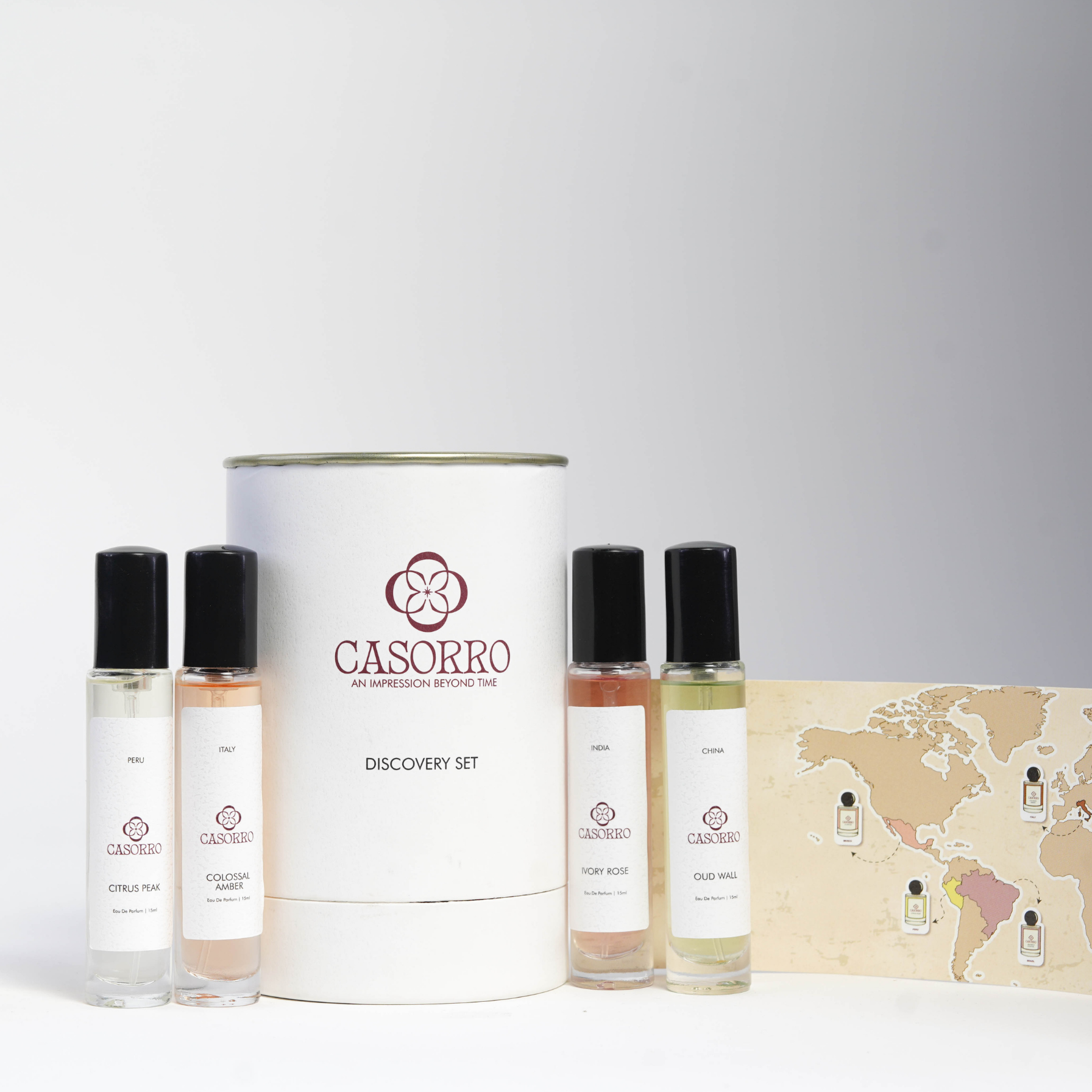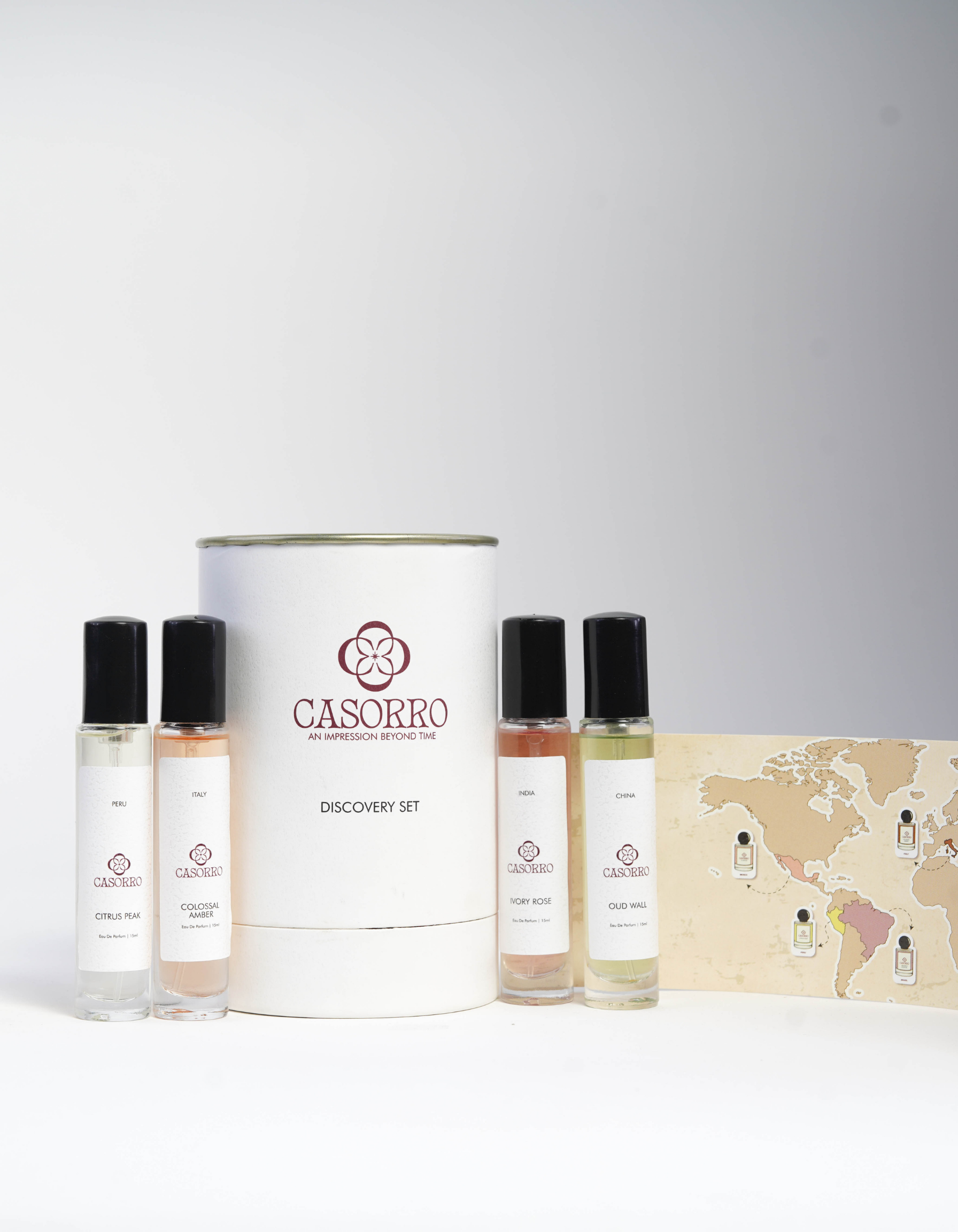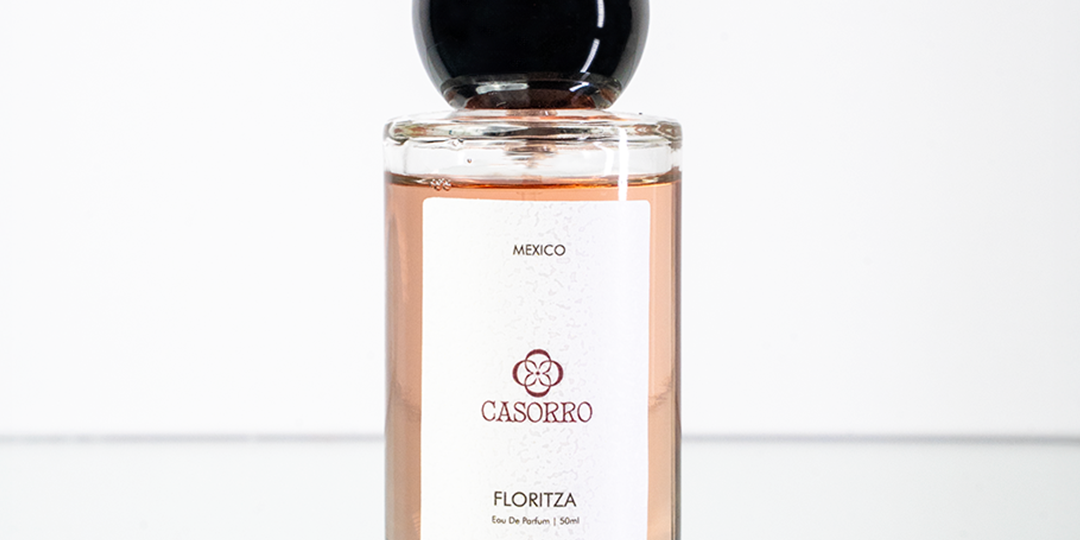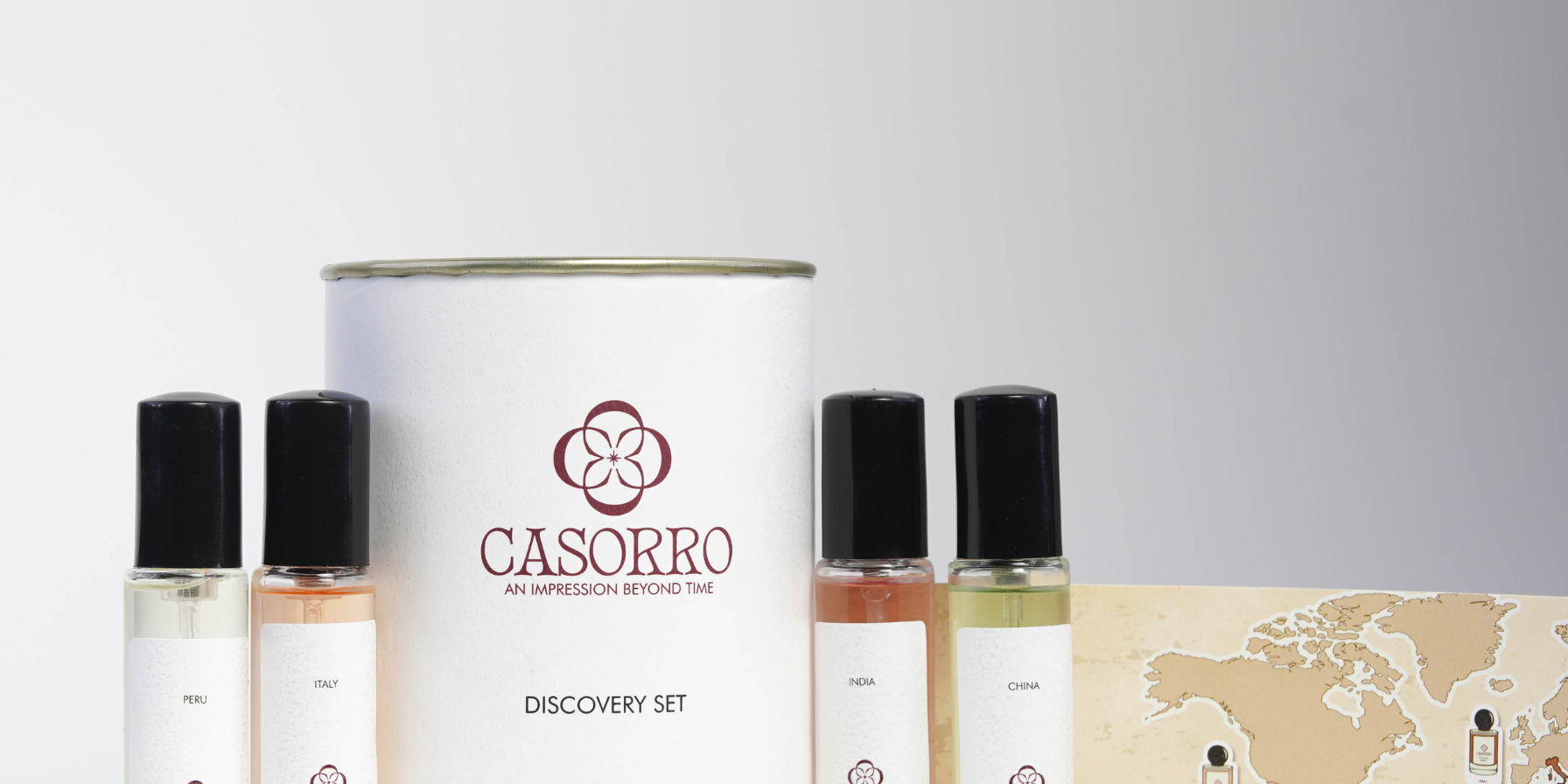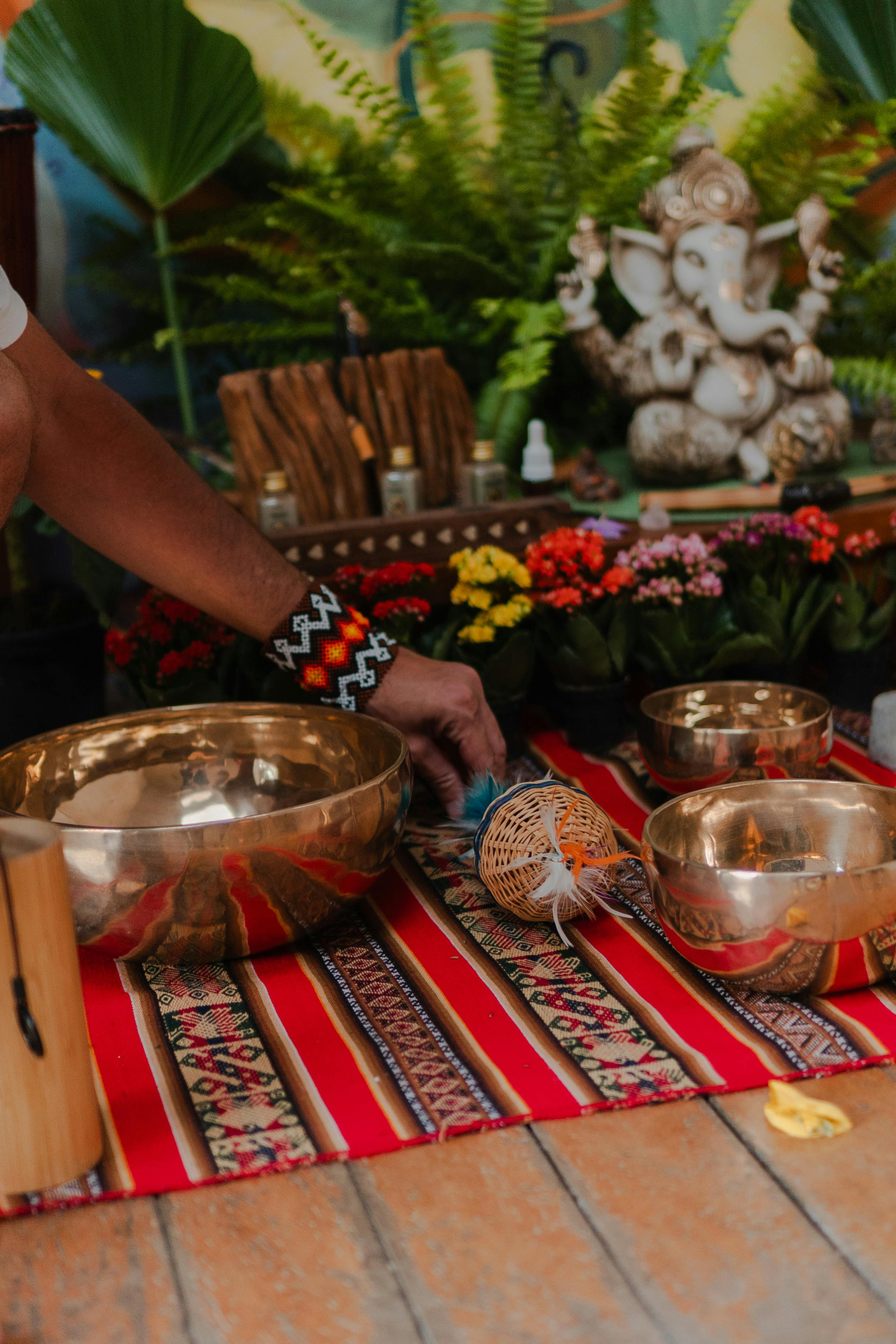India Powers Global Perfumery—So Why Aren’t We Wearing Homegrown Perfumes?
India’s connection to fragrance is centuries old, yet paradoxically, Indian perfume brands are still underrepresented on Indian dressers. While the country supplies the world with some of the finest raw materials—sandalwood, jasmine, rose, oud—our homegrown brands are often overshadowed by European and Middle Eastern luxury houses.
At Casorro, we’ve asked ourselves: why does this gap exist, and how can Indian perfumery reclaim its rightful place—not just as a supplier of ingredients, but as a creator of world-class fragrances that reflect our heritage, culture, and artistry?
The Legacy of Indian Perfumery
Fragrance in India is not just a product—it’s a tradition. Kannauj, often called the perfume capital of India, has been distilling attars for centuries. Assam, Kashmir, and Madurai have contributed iconic raw materials that feature in luxury perfumes worldwide. Out of 110 globally cultivated fragrant ingredients, India grows nearly 50. And yet, while these ingredients travel globally to form the backbone of international luxury fragrances, Indian-made perfumes are still largely absent from mainstream conversation. Even in a market projected to reach $2.5 billion by 2028, Indian fragrance brands remain niche players.
Why Indian Consumers Gravitate Towards International Perfumes
The reasons are layered. For many Indians, fragrance has historically been either a functional product—something to mask body odour—or a subtle status symbol linked to Western luxury. Longevity and projection are top purchase drivers, making global brands the “safe bet.” In other words, it’s not a lack of craft; it’s a matter of perception. For decades, the idea of aspirational fragrance in India has been synonymous with foreign labels, while local perfumery has been typecast as traditional or utilitarian.
The Rise of Homegrown Luxury Perfume Brands
The landscape is changing. Over the last decade, Indian brands have begun to redefine what homegrown perfumery can be. Casorro aims to bottle emotion, memory, and heritage—transforming fragrance into an experience that goes beyond scent.
The key differentiator for these brands is storytelling. Global giants dominate with budgets, campaigns, and celebrity endorsements. Homegrown brands, however, can connect emotionally, offering consumers something no advertising campaign can: an authentic, rooted experience.
Branding, Awareness, and Market Challenges
Despite the growth of Indian brands, challenges remain. Branding has been inconsistent; most homegrown perfumes are either too traditional, too trend-focused, or lacking a clear aspirational identity. Retail visibility is limited compared to international brands, which dominate malls, airports, and department stores.
But perception is beginning to shift. Consumers are more informed, emotionally connected, and increasingly value authenticity and sustainability. Gen Z, in particular, is embracing “Made in India” beauty and conscious consumption—offering a fertile audience for homegrown perfume brands to engage and build loyalty.
The Opportunity for Homegrown Fragrance
Today, 70% of India’s homegrown fragrance market remains unorganised. This represents a tremendous opportunity for brands to build stories, establish identities, and cultivate communities of loyal consumers. At Casorro, we believe this is the moment for Indian perfumery to claim its voice—not just domestically, but globally. The strategy is clear: combine heritage with modern luxury, craft with storytelling, and authenticity with accessibility. Perfumes should not just smell exquisite—they should carry a narrative, an emotion, and a memory that resonates with the modern Indian consumer.
Selling More Than a Product—Selling a Story
At Casorro, we have always believed that fragrance is more than just a scent—it’s a medium for memory and emotion. We strive to create perfumes that celebrate India’s rich olfactory heritage while speaking the language of the contemporary consumer. We see a world where Indian perfumery is not boxed into tradition, nor reduced to mass-market products. It’s about creating modern luxury with a soul: ingredients sourced from our land, stories rooted in our culture, and experiences that engage the senses. When consumers feel this connection, the switch from foreign to homegrown becomes natural, not forced.
Looking Ahead
The homegrown fragrance market is at an inflection point. Consumers are evolving—they are curious, informed, and emotionally driven. They are beginning to value transparency, heritage, and sustainability alongside luxury and performance.
For Indian brands, this is an opportunity to redefine the narrative. The challenge isn’t to outspend legacy brands in marketing, but to out-connect them—to build experiences, communities, and memories that resonate.
Casorro’s mission is clear: to showcase that Indian perfumery is not just a supplier of ingredients, but a creator of experiences, emotions, and stories. When we reclaim the conversation about luxury fragrance in India, we are not just selling perfume—we are inviting consumers to be part of a journey, one that blends heritage with modern sophistication, craft with storytelling, and India with the world.
